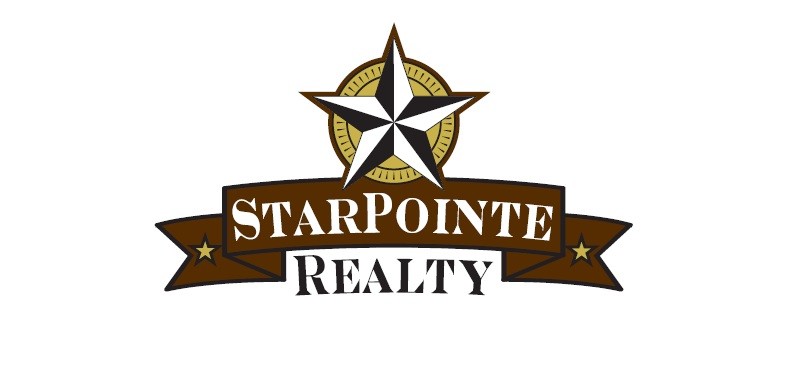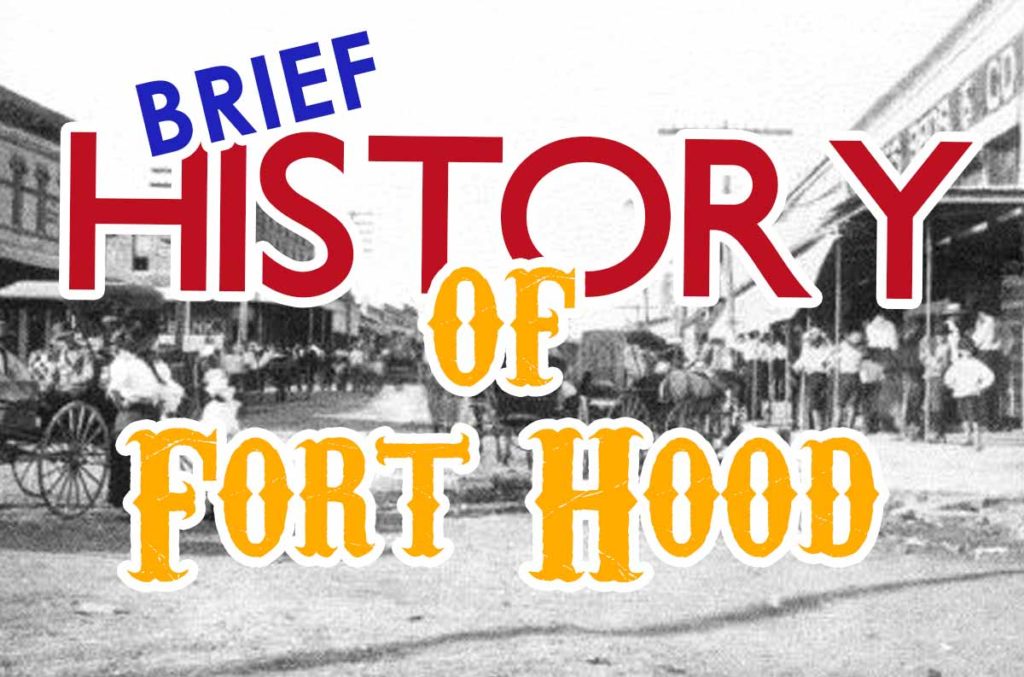
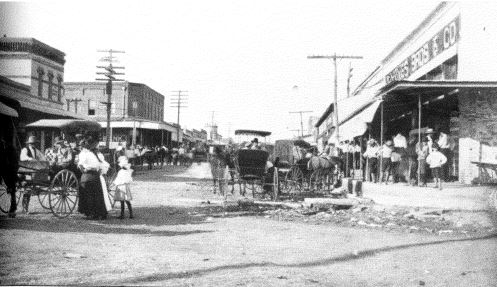
Updated 8/24/17; Originally published 8/11/15
The City of Killeen began in 1882 with a population of 350 as a railroad junction between Temple and Lampasas. The city was named for a railroad executive Frank Patrick Killeen, who not only was not from the area, but never even stepped foot in the town that was his namesake.
The Train Arrives
Killeen had all the trappings of a Wild West town, with saloons and shoot outs. In 1893, Killeen was officially incorporated in order to bring law and order to the town.
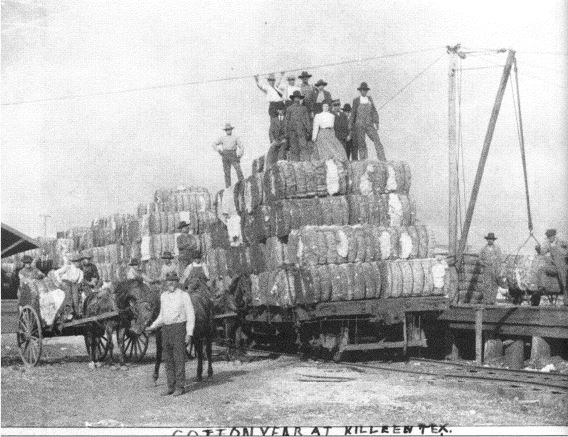
The area around Killeen was very sparsely populated in its early years. The area is on the edge of the Texas Hill Country, and cotton was King. At its peak, Killeen produced 10,000 bales of cotton.
The Coming of Camp Hood
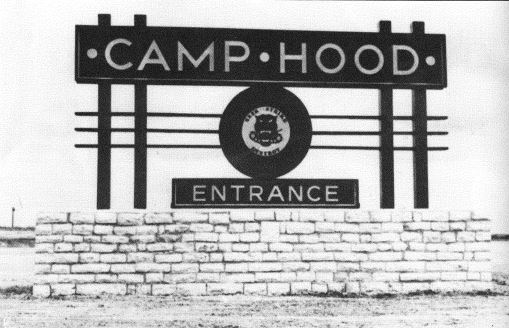
World War Two brought an invention that would transform the Killeen economy forever. Across the fields of Poland and France rolled the German Panzer. When America entered the war, the US Army needed to train her troops on defeating the German land juggernauts. Camp Hood was created in 1942 to train Tank Destroyers.
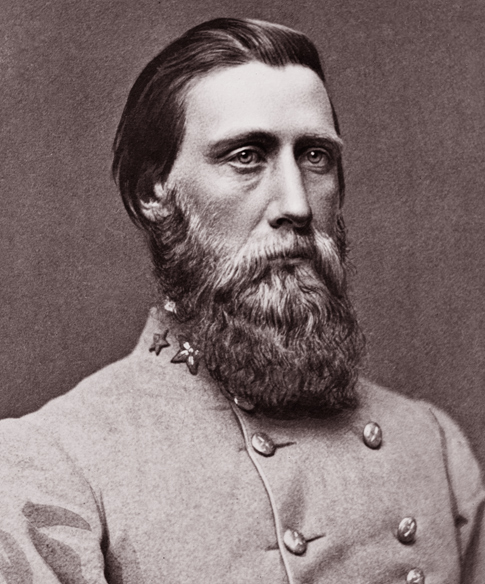
Over 300 Killeen area families were displaced, including relocating cemeteries and even entire homes so that the sprawling installation at Camp Hood could be born. As were many military installations in the South, Camp Hood was named after a Confederate General, John Bell Hood, who had led the famed Texas Brigade in Lee’s Army of Northern Virginia.
Camp Hood Becomes Fort Hood
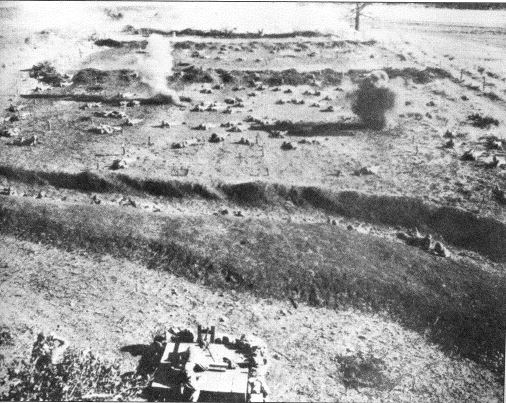
Camp Hood was made a permanent fixture of the Killeen landscape when it was recommissioned as Fort Hood. The population of Killeen at the time was 1200. In 71 years, the population of Killeen (not even including Harker Heights and Copperas Cove) has increased 11,429% to an estimated 137,147 as of 2013, surpassing the populations of Temple, Waco, and every other city between Dallas and Austin.
Fort Hood is now the home station of both the storied 1st Cavalry Division (of We Were Soldiers fame) and the III Corps Headquarters.
Because of the routine unit deployments and stationing in Korea, a large number of Army Soldiers marry Korean brides. As such, Koreans comprise a large minority of the Killeen population, and it is not hard to find groceries and restaurants boasting Korean food.
Killeen: City of Diversity
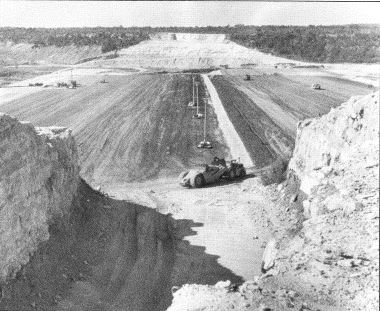
While the economy of Killeen has been completely dominated by Fort Hood in the second half of the 20th Century and early part of the 21st, the area has begun to diversify. Texas A&M Central Texas began in 2009, and the area attracts many retired veterans due to the availability of the Carl R. Darnall hospital on post.
 Two of the area’s most well known residents nationally include Oveta Culp Hobby, the first Secretary of the Department of Health and Human Services Cabinet post. During World War II, she was the Director of the Womens’ Auxiliary Corps and was the first woman to earn the Distinguished Service Medal. Her son was Texas Lt. Governor William P Hobby after whom Houston’s airport is named.
Two of the area’s most well known residents nationally include Oveta Culp Hobby, the first Secretary of the Department of Health and Human Services Cabinet post. During World War II, she was the Director of the Womens’ Auxiliary Corps and was the first woman to earn the Distinguished Service Medal. Her son was Texas Lt. Governor William P Hobby after whom Houston’s airport is named.
Also representing the area is Copperas Cove’s Robert Griffin the Third (“RG3”), a legendary Baylor University quarter back and first round pick for Texas’ archenemy Washington Redskins.
Learn More!
For more on the history of Killeen, Fort Hood and the surrounding areas, I recommend Images of America: Killeen, by Annette S. Lucksinger and Gerald D Skidmore Sr, and Fort Hood in World War II by David Ford. These books are a pictorial history of Killeen with short paragraphs about the origins and development of the area. The books can be found here!



